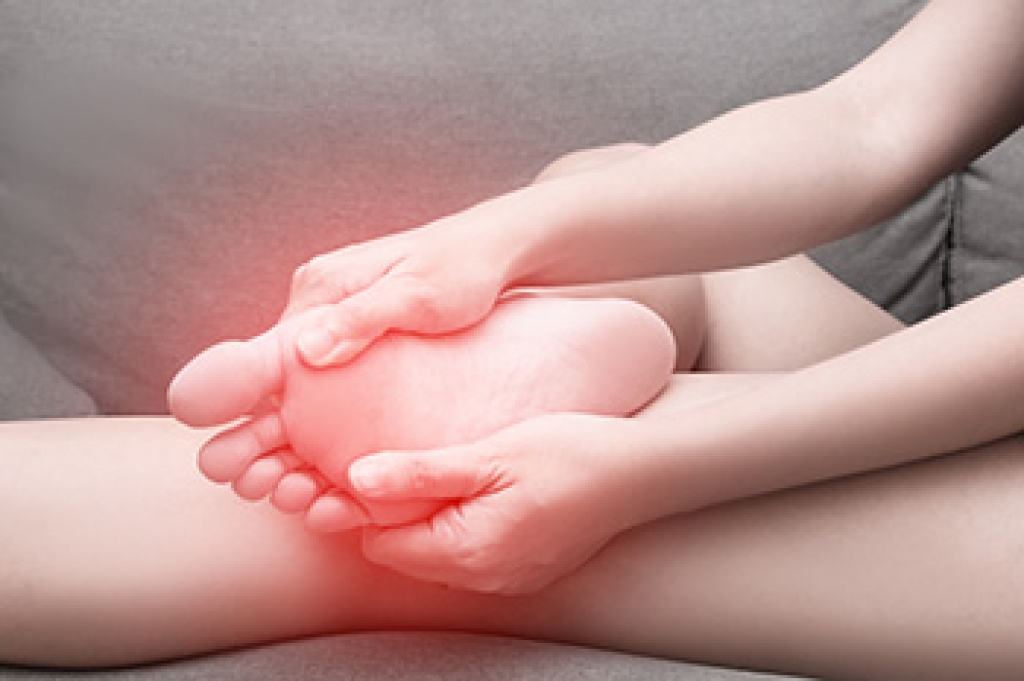
A foot stress fracture is a small crack in a bone that develops due to repetitive force or overuse, often occurring in weight-bearing bones like the metatarsals. These fractures are common among athletes, particularly runners, and can also affect individuals who suddenly increase their physical activity. Key causes include improper footwear, inadequate training techniques, and conditions such as osteoporosis that weaken bones. Symptoms typically manifest as localized pain that worsens with activity and improves with rest. Swelling, tenderness, and bruising surrounding the affected area may also be present. Unlike acute fractures, stress fractures can develop gradually, making early detection challenging. Recognizing the signs and seeking prompt medical attention from a podiatrist is essential for effective treatment, which may include rest and immobilization to promote healing and prevent future injuries. If you have sustained a foot stress fracture, it is suggested that you confer with this type of doctor who can effectively diagnose and treat this condition.
Activities where too much pressure is put on the feet can cause stress fractures. To learn more, contact one of our podiatrists from Westside Podiatry Center, LLP. Our doctors can provide the care you need to keep your pain free and on your feet.
Dealing with Stress Fractures of the Foot and Ankle
Stress fractures occur in the foot and ankle when muscles in these areas weaken from too much or too little use. The feet and ankles then lose support when walking or running from the impact of the ground. Since there is no protection, the bones receive the full impact of each step. Stress on the feet can cause cracks to form in the bones, thus creating stress fractures.
What Are Stress Fractures?
Stress fractures occur frequently in individuals whose daily activities cause great impact on the feet and ankles. Stress factors are most common among:
- Runners
- People affected with Osteoporosis
- Tennis or basketball players
- Gymnasts
- High impact workouts
Symptoms
Pain from the fractures occur in the area of the fractures and can be constant or intermittent. It will often cause sharp or dull pain with swelling and tenderness. Engaging in any kind of activity which involves high impact will aggravate pain.
If you have any questions please contact one of our offices located in Liverpool, Camillus, Skaneateles, Oswego, and Cicero, NY . We offer the newest diagnostic and treatment technologies for all your foot and ankle needs.




